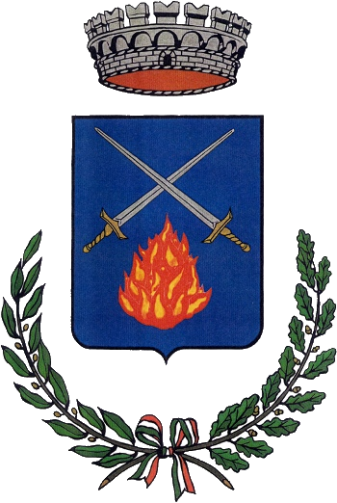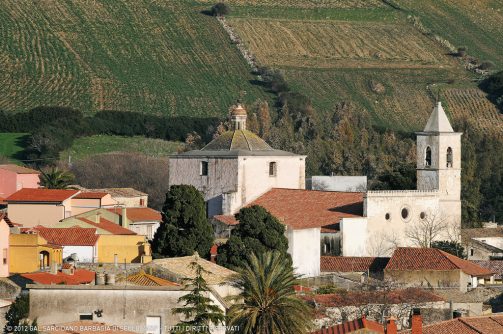The town of Gergei certainly has very ancient origins, given the presence in the territory of pre-Nuragic, Nuragic, Roman and perhaps even early medieval settlements. Several domus de janas, about thirty nuraghi, evidence from Roman times and various findings confirm those ancient forms of dispersed settlement in the fertile Gergei countryside. The present urban center-the one that developed around the historic neighborhoods of the church of Santa Maria (which appears to have been the first parish in the town) and that of San Vito, the present parish-is, however, the result of the depopulation of the dispersed habitat. The place name Gergei first appears in the very rare documents from the Judicial period (10th and 11th centuries), a period when, Sardinia being divided into four giudicati or kingdoms, Gergei belonged to the giudicato of Cagliari and the Curatoria of Siurgus. Due to a lack of documents, the succession of historical events in the village during the giudicale period is unknown. With the institutional end of the Giudicato of Cagliari, which occurred in 1258, Gergei followed the fate of the ancient Curatoria of Siurgus, which was conglobated into the Third Central of Cagliari, entrusted to Guglielmo Capraia, ruler of the Giudicato of Arborea. In 1295, when Mariano IV de Bas Serra, Capraia’s successor, allied himself with the commune of Pisa, to which he left that possession in his will, Gergei also passed to Pisan rule. Pisa held the territories of the Central Third, including Gergei, until 1324, when the conquest of the Kingdom of Sardinia by the Aragonese took place. Thus it was that Gergei also experienced a new historical course, that of the centuries-old feudal regime, abolished in 1836. In 1355 – when King Peter IV of Aragon convened the first Sardinian Parliament in Cagliari – Gergei participated in the sessions of the Parliament itself. During the Spanish conquest – from 1479 to 1715, when the island passed, for a few years, to Austrian rule – Gergei also Spanishicized its customs and traditions. In 1718 the cession of Sardinia to the Savoy took place. The rulers changed, but for the Sardinians very little changed. Famous from those times is the horrid prison in Gergei, where six French prisoners of war were imprisoned in 1793. The prison, which was located near the church of San Carlo, better known as Sant’Impera, was demolished in 1892.
From 1604 until 1843, Gergei was part of the Duchy of Mandas. From 1821 to 1858 Gergei belonged to the Province of Isili, in the same year it was included in the province of Cagliari and was part of it until 1927, when the province of Nuoro was established, in which Gergei was included. Gergei has always been a notable agricultural center. Gergei, even in the past, has always been renowned not only for its excellent oil but also for its bread and sweets. Today Gergei’s sweets have won a fair market both in Sardinia and outside. Gergei, a thriving agricultural center, has always been a very populated town, if one compares it to those centers in present-day Sarcidano.



